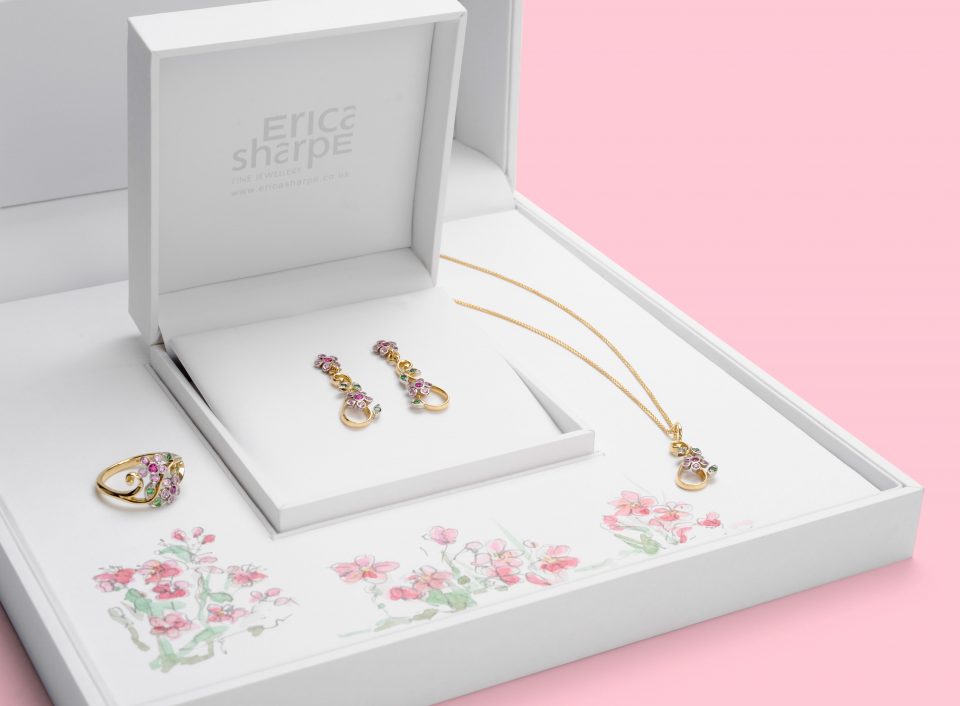Things often happen in clusters don’t they? Here in the world of Erica Sharpe it has been the week of necklets. Two in particular have captivated me with their stories.
As well as making jewellery to commission, I also take on repairs and restorations. These are very often time consuming labours of love. If I listened to my accountant, I should avoid them like the plague – but I can’t help myself. The draw is more than just the challenge of taking something worn, broken and tarnished and making it look good again: it’s getting inside the head and creative spirit of the original goldsmith who made it, unpicking the way they worked and continuing their style to restore the former glory. It is also the chance to hear the very personal back-story of a piece, to find out where it originated from, what special life events it has witnessed and how it came to be cherished.
The moonstone necklet I came across recently was one such fascinating piece. My customer brought it in as it was broken and had links missing. But I could tell even in its tarnished state the gemstones were rather special – glints of hazy blue light flashed across their surfaces as she removed it from its box. High quality blue moonstone is a rare find these days, the clearer the stone and more blue the sheen (also known as adularescence or schiller) the more rare and valuable the gem.
India has traditionally produced the finest blue moonstone. It is cut in a cabochon (domed) style, to accentuate the light effect, and its setting in jewellery is often in the form of a wrap-around band following the circumference of the stone, so as little as possible is obscured.
This was written and published as part of the ‘Hidden Gems’ series of articles by Erica Sharpe for the Western Daily Press.











